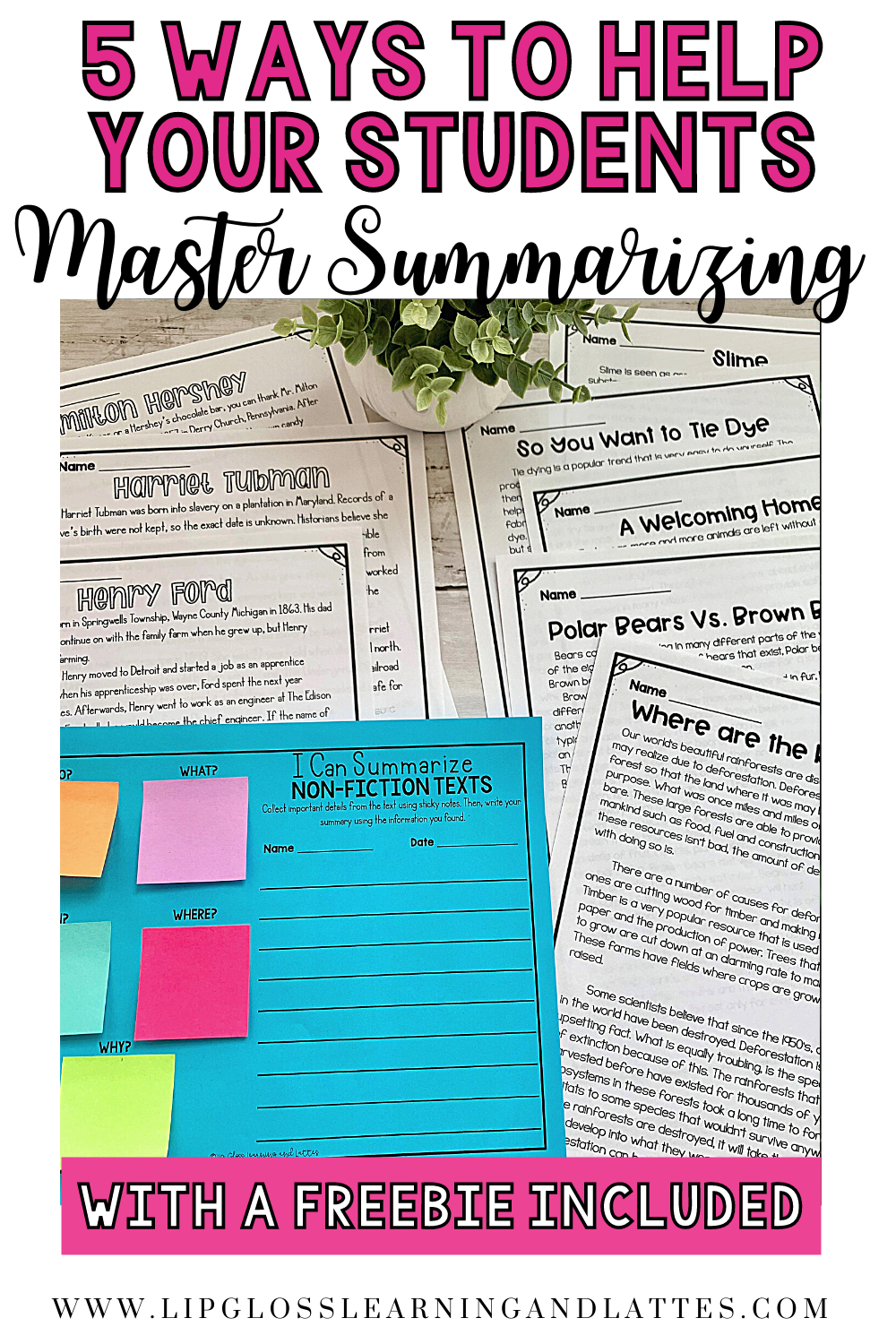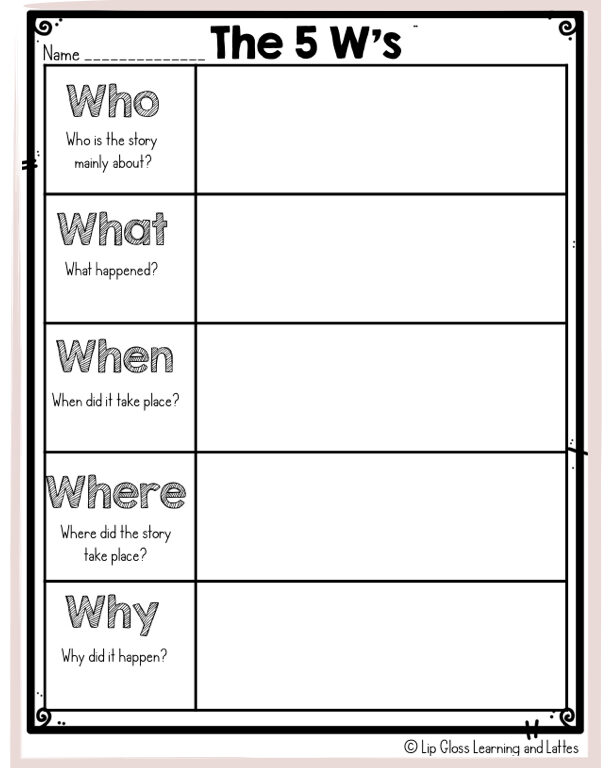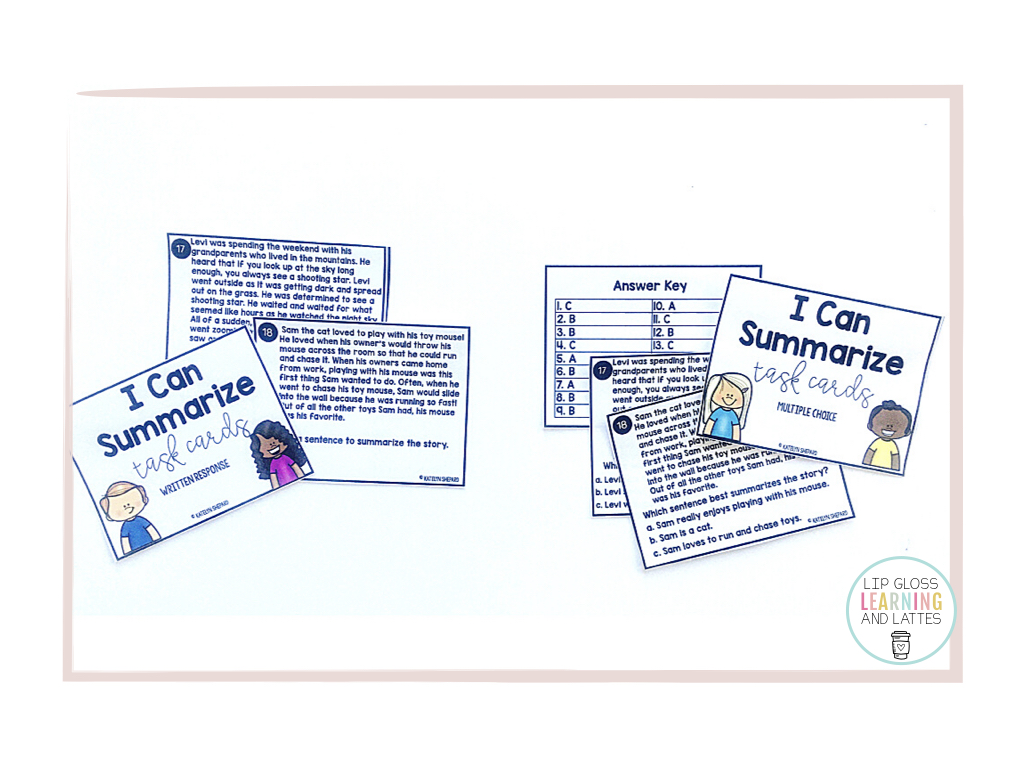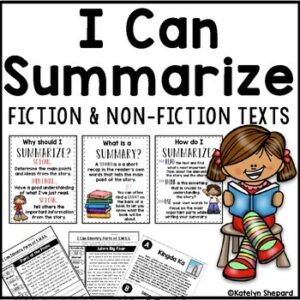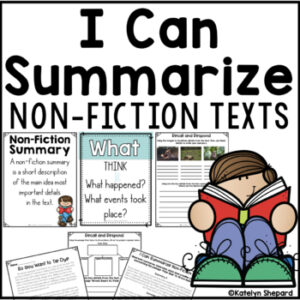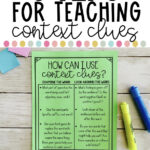
Teaching students to summarize seems like it should be fairly easy. There are no comprehension questions, no digging deeper into the text and no activating prior knowledge. After all everything they need is right there in front of them. In this blogpost I’ll share 5 ways to help your students master summarizing.
But easy is something summarizing is often not.
From the beginning students are taught how to retell a story. They are encouraged to provide as many details as possible to show their understanding. (I know I’m not the only who who has sounded like a broken record asking my students to add more details.)
But when it comes to writing a summary, students are only supposed to mention the most important details from the text. This means they first have to understand which details are the most important in the first place.
From the beginning we have students tap into background knowledge so that they’re better able to relate to the character or understand the text they’re reading.
Now here’s summarizing to throw a curveball at what our students have always known and require them NOT to bring into account any extra information. When they summarize, we only ask the students mention the information included by the author. No background knowledge or opinions of their own.
1. Discuss What a Summary Is
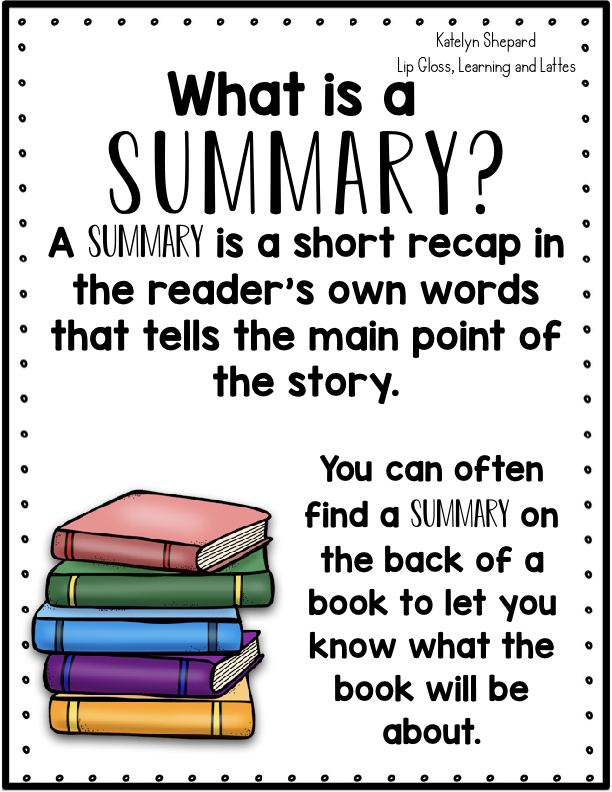 To begin teaching our students to summarize, we can start by explaining what a summary is. They need to know these important rules of summarizing.
To begin teaching our students to summarize, we can start by explaining what a summary is. They need to know these important rules of summarizing.
- Summaries need to be short and to the point.
- Summaries should focus only on the main idea
- Summaries are written in the readers own words.
2. Discuss What a Summary Is Not
Unfortunately, just explaining what a summary is probably won’t do the trick. Summarizing doesn’t come natural to students because it’s so much different than what they’ve always been asked to do.
To help with this, it’s important they see examples of what a summary shouldn’t look like. Show them an example of a summary where you’ve copied directly from the text and then another where there are too many important details. Compare the two summaries with your students. Spend time discussing with what they notice about each summary.
With enough practice students will know what to avoid in their own summaries.
3. Provide Students With Strategies to Use
There are SO many strategies today to help students when it comes to reading comprehension and summarizing. Here are a few tried and true that I loved using in my classroom:
S.W.B.S.T. : This strategy works best when used with fiction stories with a definite main character. The acronym stands for:
Somebody (the main character)
Wanted (what did the main character want?)
But ( what was the problem?)
So (how was the problem solved?)
Then (how did the story end?).
If you’d like to grab these S.W.B.S.T. graphic organizers for FREE click HERE!
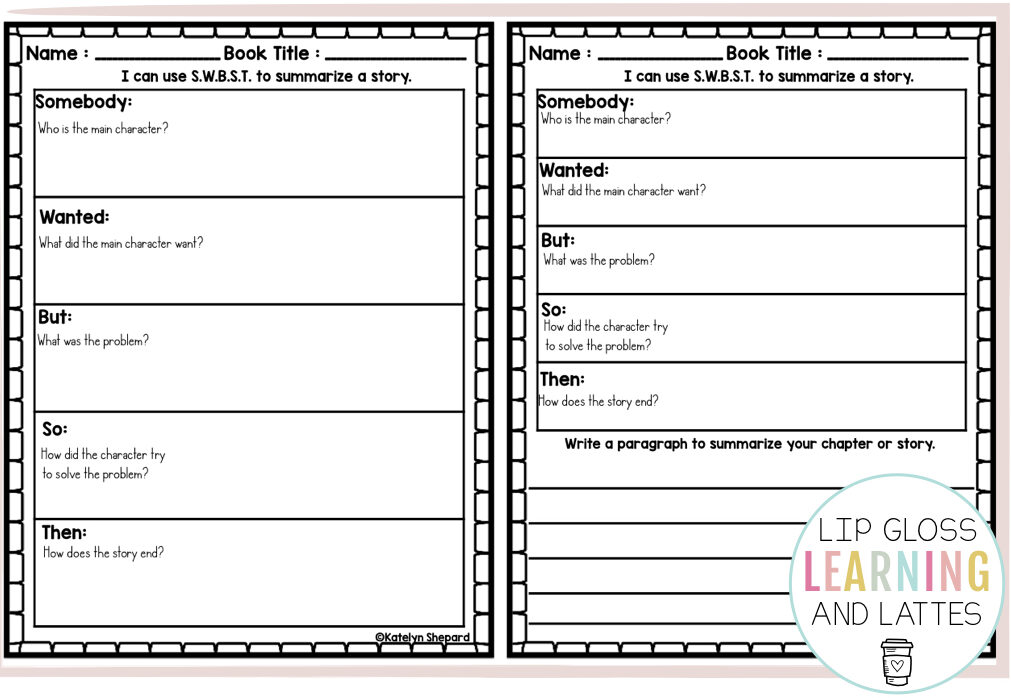
The 5 W’s: These are easy to remember questions that help students focus on the key parts to form their summary. Students learn to answer the questions: Who? What? When? Where? and Why?
Who is the story mainly about?
What happened?
When did it happen?
Where did the story take place?
Why did it happen?
You can grab this 5 W’s graphic organizer for FREE as well by clicking HERE!
I always kept these two strategies up on display using anchor charts in my classroom!
4. Use Familiar Texts
Chances are you have already read a good deal of books to your students by the time you’re ready to teach summarizing. Using texts that they are already familiar with will allow your students to put less brain power behind trying to understand the new characters or plot and more time summarizing. Allowing students to learn new skills with old, familiar stories will make things so much smoother.
5. Model, Practice, Repeat
It’s so important to spend some time modeling exactly what you’re looking for from your students. Sure we can tell them how to write a summary, what to include and what not to include, but the true learning happens when we show them. Whenever I taught a new skill, like summarizing, I spent several days modeling my thinking in front of my students.

Discuss with students why certain details are crucial to understanding the main idea and why others are irrelevant.
Model pointing out the key details, tell why you consider them key details and show how they help you determine the main idea.
Give your students lots of opportunities to practice using the strategies they’ve learned. I liked to use these Summarizing Task Cards because they are short and sweet passages that still allow students to get the gist of what it means to summarize.
When it comes to finding passages, creating anchor charts and putting together activities- teaching summarizing requires A LOT of preparation! I have resources that cover summarizing fiction and non-fiction texts if you want some of the hard work done for you! You can check them out by clicking HERE!
Click Here for I Can Summarize Fiction & Non-Fiction Texts
Click Here for I Can Summarize Non-Fiction Texts
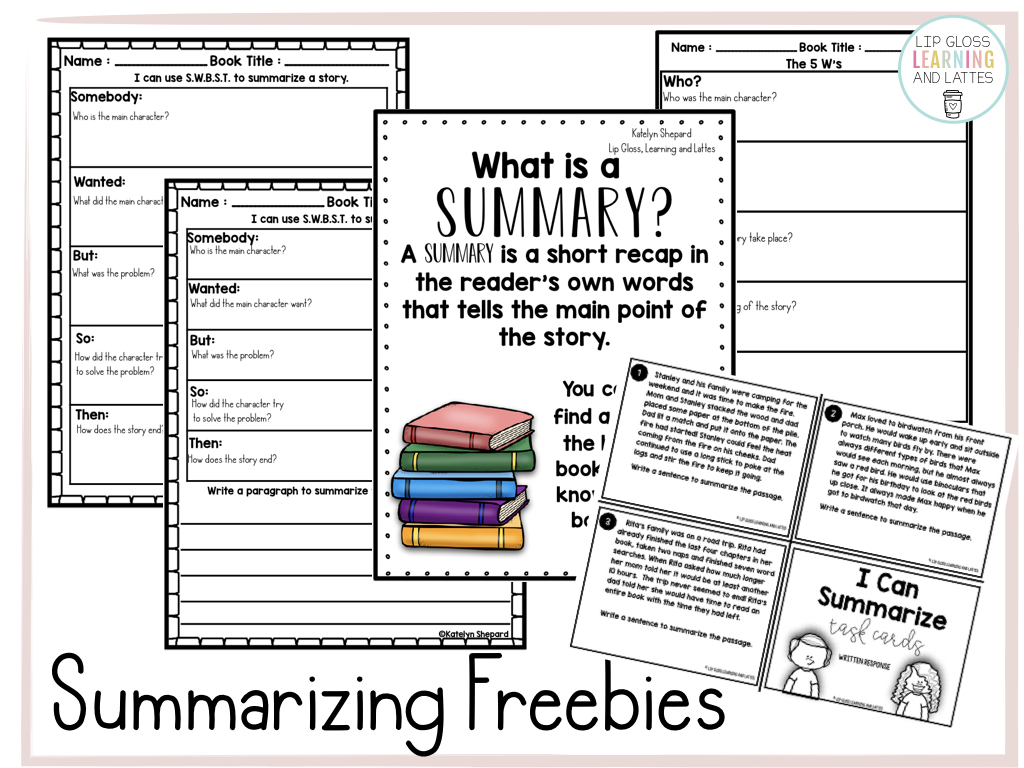
 Don’t want to forget about these color by number math sheets? Pin this image to your Pinterest boards to save it for later!
Don’t want to forget about these color by number math sheets? Pin this image to your Pinterest boards to save it for later!
